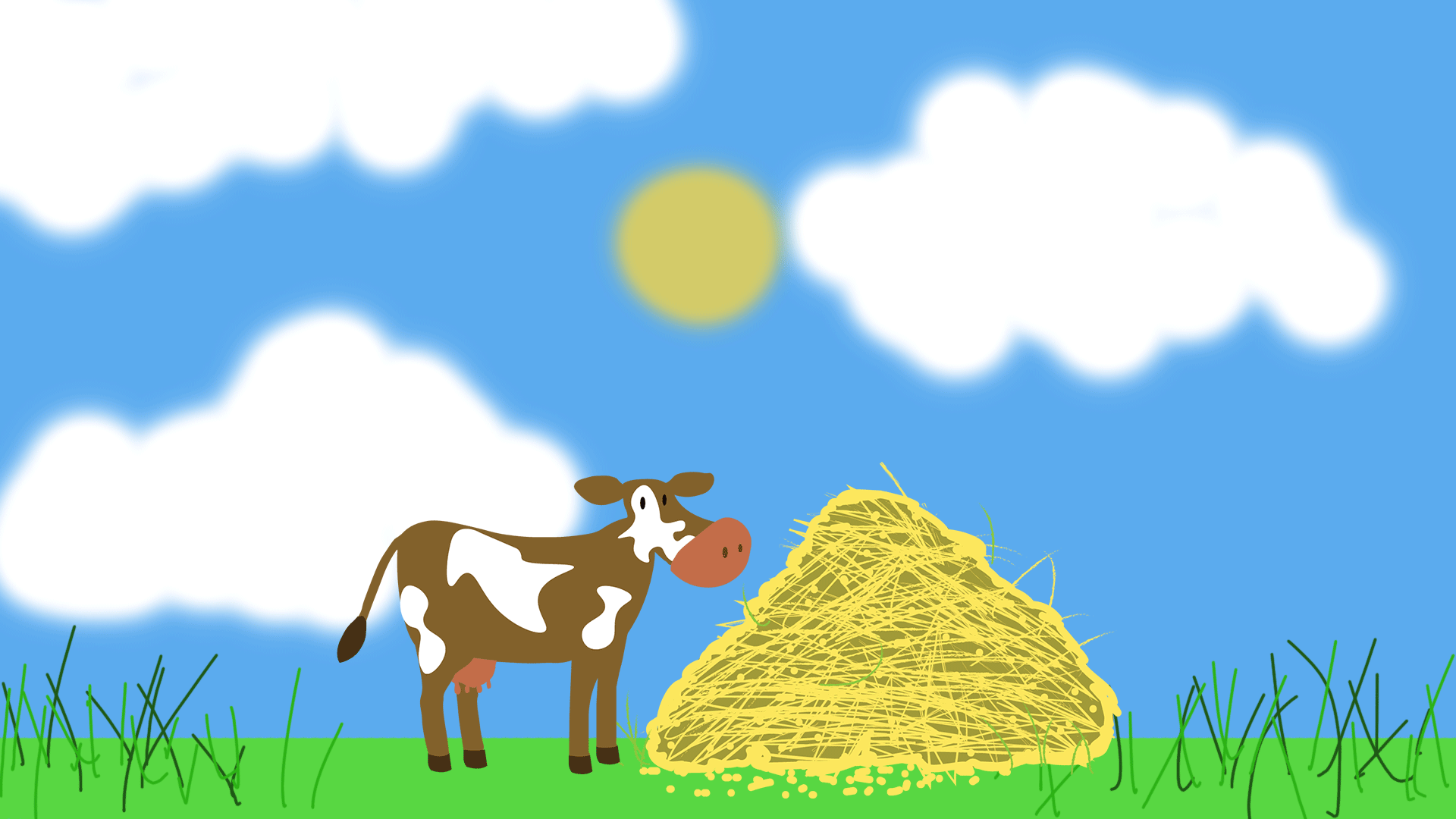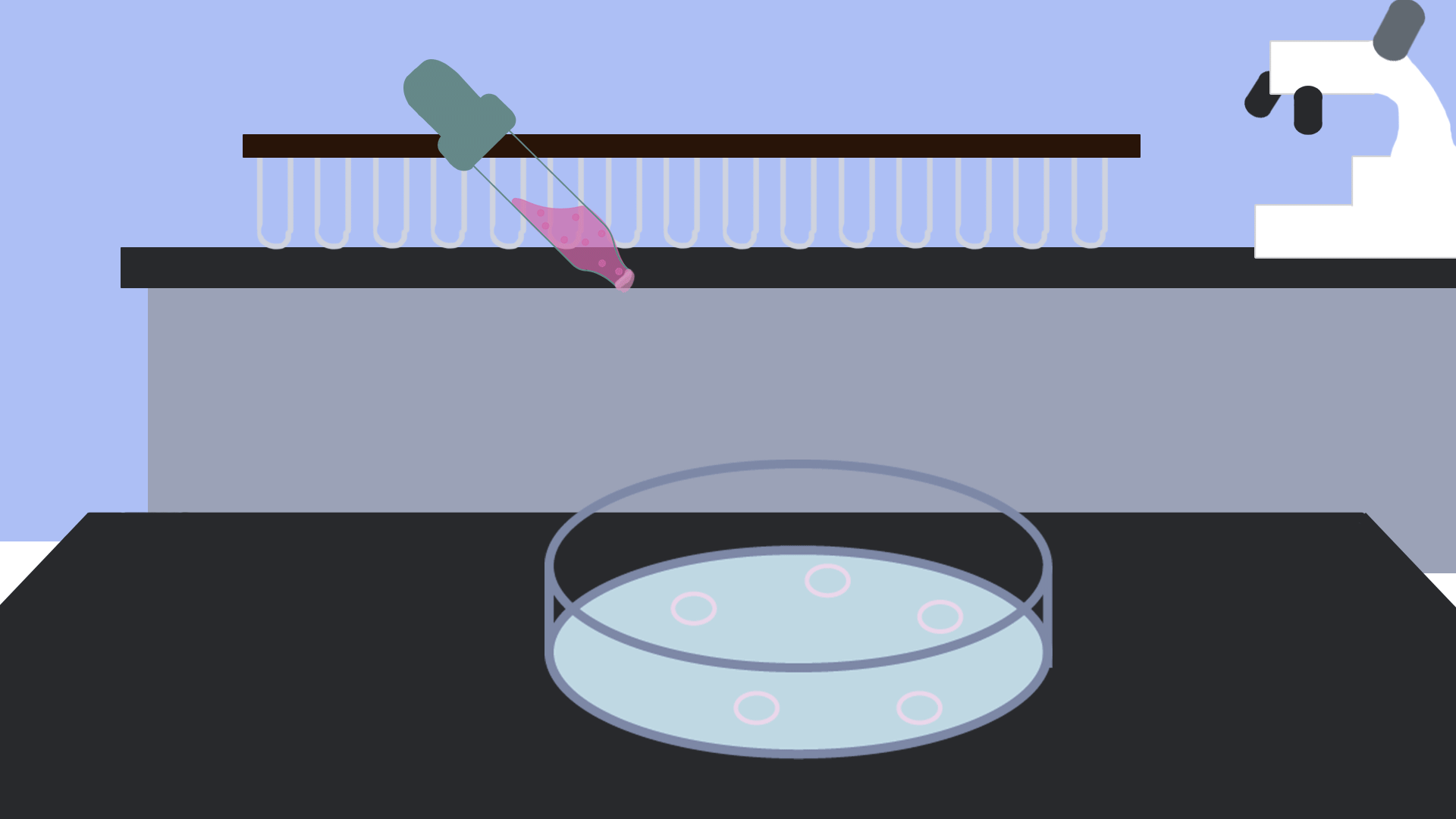Feed Conversion Ratio for Cattle Eating Corn
By Ethan Brown
Worldwide, livestock accounts for between 14.5% and 18% of human-induced greenhouse gas emissions. Due to meat's outsized impact, many climate activists have adopted vegan, vegetarian, or low-meat diets as an individual climate solution, and advocate such diets more broadly. There is a legitimate debate as to how effective that strategy is, and eating meat certainly does not preclude anyone from being an environmentalist. But when most climate and food headlines circle around cow farts (and why shouldn't they?), it raises the question: what about other types of meat? Is the climate issue just stemming from beef, or from the entire meat industry?
It's a very complicated answer, but the most simple element revolves around something called the feed conversion ratio, or FCR. The FCR is the amount of feed you need to give an animal in order for that animal to gain one kilogram of weight.
For example, think about a chicken. The chicken is eating animal feed whose main ingredients are corn and soy. Every time the chicken takes a bite, he grows a little bit.

Animation by Isabel Plower
Well, maybe not in real-time. But ultimately, the goal is for the chicken to grow as efficiently as possible. Animal feed costs money, so farmers would want their chickens to grow to their final weight with as little feed as possible.
That's where the FCR comes in. In an ideal world, it would take one kilogram of feed to grow a chicken one kilogram. The chicken would convert all the feed into bodyweight, in that scenario. Unfortunately, that's not possible. But chickens are quite efficient and can achieve feed conversion ratios in the 1.5 to 1.9 range. That would mean with every kilogram and a half of feed, the chicken grows one kilogram.
Cows, on the other hand, are a lot less efficient. FCRs for cattle live around 4.5 to 7.5, meaning it takes 4.5 to 7.5 kilograms of feed to grow a cow one kilogram.

Animation by Isabel Plower
The FCR is important for a farmer's pocketbook, but it's also important for the climate. Corn and soy create greenhouse gas emissions from soil manipulation, nitrogen fertilizer applications, land-use change, etc. If a chicken has an FCR of 1.7, then that chicken's climate impact is already 1.7 times that of that original corn and soy it ate. If a cow has an FCR of 6, then that cow's climate impact is 6 times that of the original corn and soy it ate. Without even accounting for the emissions from manufacturing and transporting the feed, there is this built-in inefficiency associated with meat that does not exist for plants. Any emissions from a crop are compounded once an animal being raised for meat consumes it.
Though it may not come to mind immediately, lab-grown meat has an FCR too. Lab-grown meat, or cultured meat, is meat produced from the stem cells of living organisms in a controlled environment. This production method eliminates the need to raise and farm animals for food, leading many to believe lab-grown meat could be more healthy, ethical, and sustainable. During the process of creating lab-grown meat, stem cells are cultured in a nutrient "broth," and the less of that broth necessary, the cheaper and more climate-friendly lab-grown meat would be. (Of course, that is only one small factor.)

Animation by Isabel Plower
A 2017 study in Global Food Security measures the FCR of lab-grown meat to be 4—more efficient than beef, less efficient than chicken. That said, the lab-grown meat industry is seeking alternative feeds such as algae which would have lower land and climate impact than, say, corn or soy. It is also more likely lab-grown meat could improve its efficiency than cows or chickens magically improving their FCRs. But as it stands now, lab-grown meat doesn't stand out from the pack on FCR.
FCR is just one tiny part of the reason why meat has a higher climate impact than plants, but it's still an important one. It explains why even if the meat industry improves its practices, its climate impact would always be higher than the impact from whatever crops went into the animal feed.
Of course, the moral is absolutely not to eat only corn—such a diet is nutritionally poor and can even lead to vitamin deficiency diseases such as pellagra. It's not even to say meat is all bad—there are very compelling arguments why, with everyone's limited energy and willpower, forcing meat lovers to eat less meat would actually be an ineffective or even counterproductive climate strategy.
All FCR illustrates is that climate impact is often tied to resource efficiency. Conveniently, that means environmental and economic priorities are aligned here—farmers save money if their livestock has a low FCR. There are way more aspects to the climate and food conversation than FCR, but FCR does demonstrate why when it comes to climate impact, meat is working from a massive disadvantage.
Source: https://www.pbs.org/wnet/peril-and-promise/2022/03/feed-conversion-ratios-help-explain-meats-outsized-climate-impact/
Post a Comment for "Feed Conversion Ratio for Cattle Eating Corn"